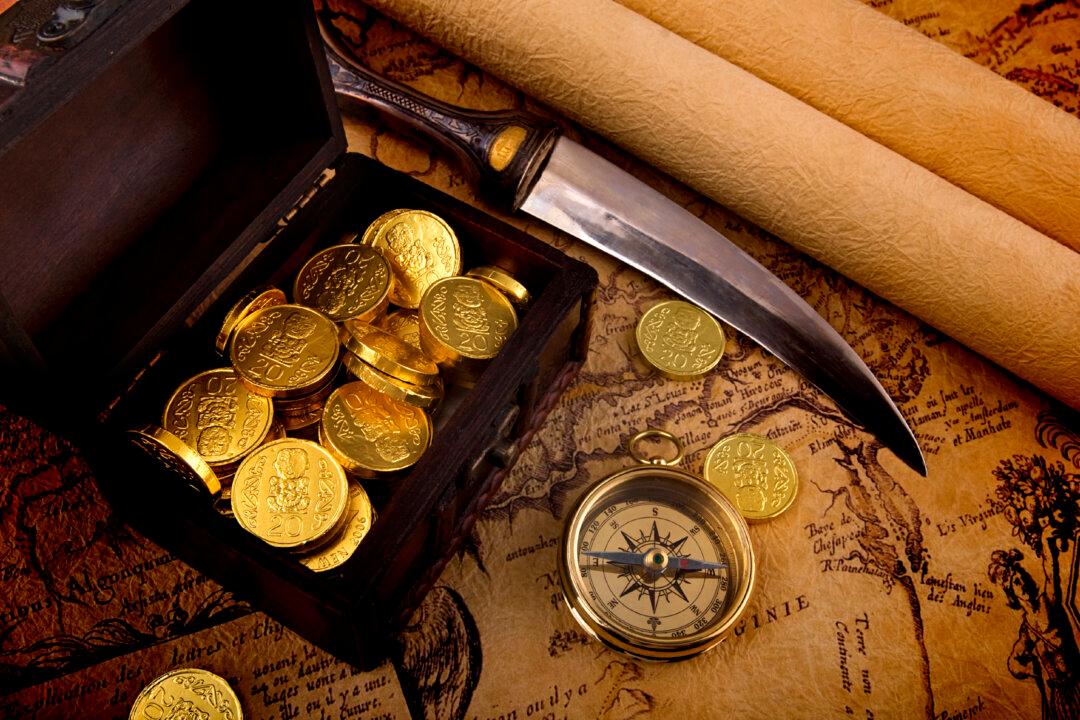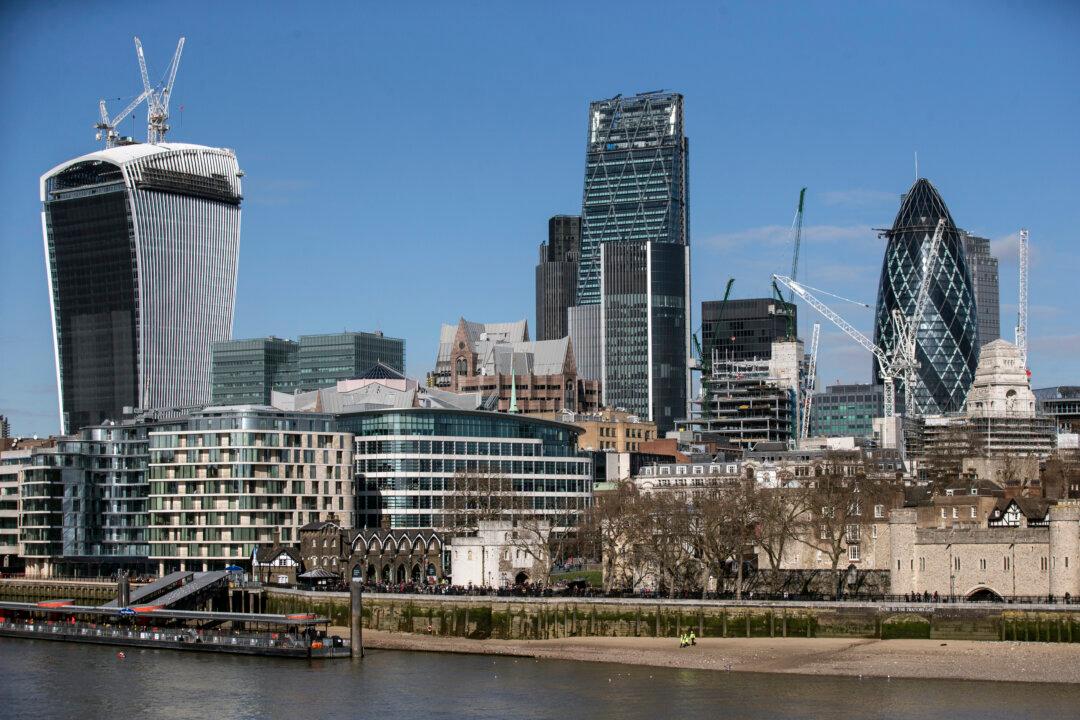Most people think that the Bank of England has always been there, a national institution set in stone. The truth is much stranger. It began with the fortunes of a treasure hunter and the scheming of a get-rich-quick entrepreneur—and goes to show how the financial system has always been built on bets and speculations.
The man whose money kick-started the Bank of England was William Phips, originally from New England. Born in 1651, the son of a shipwright in Maine, Phips (who claimed to be one of 26 children) learned his father’s trade. He married a shipwright’s widow, presumably coming into some money, and went to sea. In 1683, he came cap in hand to England to secure financial backing for voyages to search for Spanish treasure.

A portrait, between 1687-1694, of Sir William Phips, first royal governor of the Province of Massachusetts Bay. Thomas Child, Public Domain



